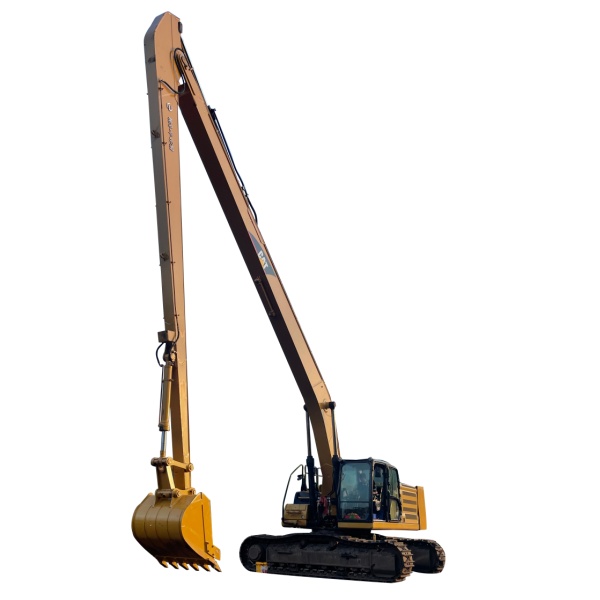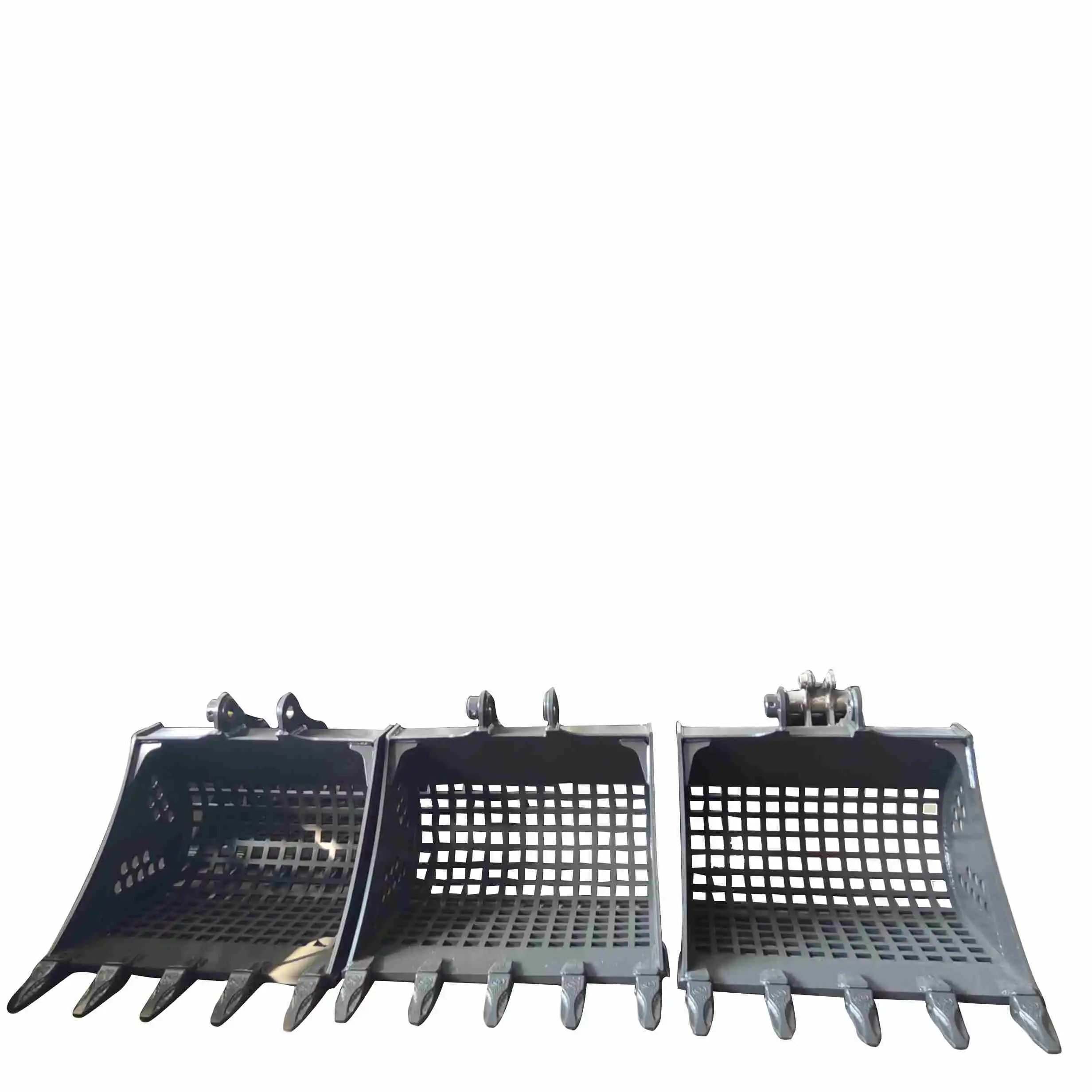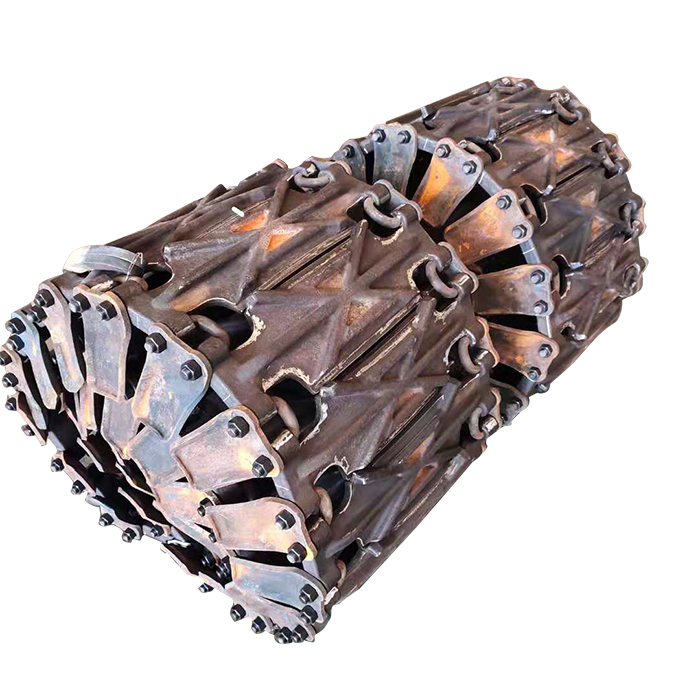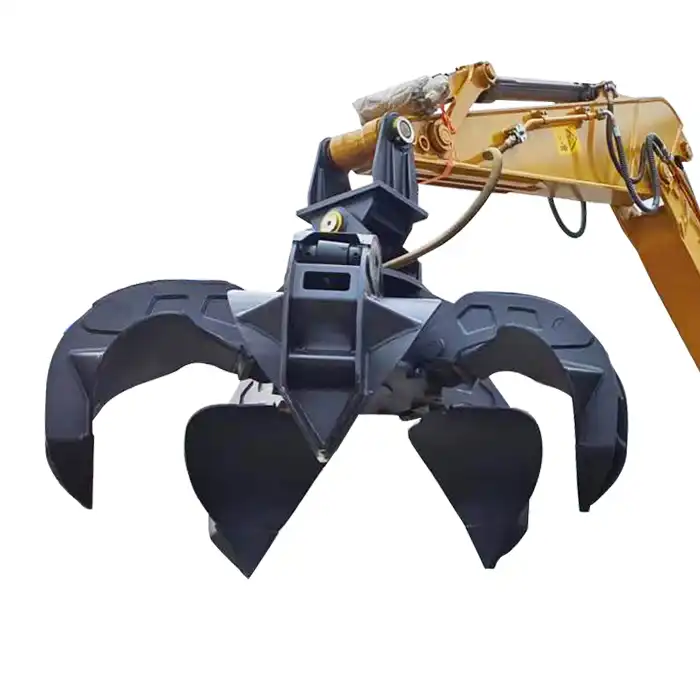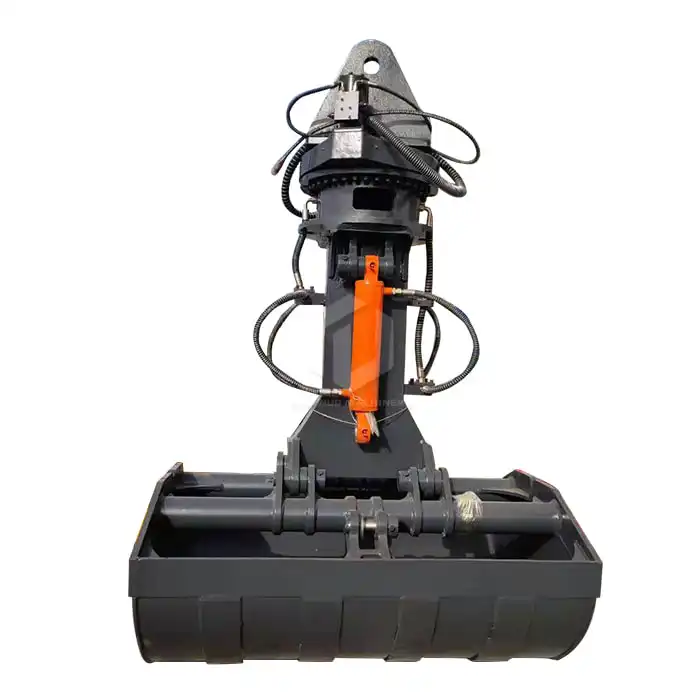Why are excavator cabs on the left?
Excavator cabs are predominantly positioned on the left side due to a combination of historical, practical, and ergonomic factors. This design choice enhances operator visibility, improves safety, and maximizes efficiency during excavation tasks. The left-side placement of cabs has become an industry standard, allowing operators to have a clear view of the boom, arm, and bucket while maintaining awareness of their surroundings. This configuration has proven to be optimal for most excavation operations, contributing to the widespread adoption of left-side cabs across various manufacturers and models.

Historical Reasons For Left-Side Cab Placement
Evolution of excavator design: From steam to diesel
The positioning of excavator cabs on the left side can be traced back to the early days of excavator design. In the late 19th and early 20th centuries, steam-powered excavators were the norm. These machines required operators to manually control various levers and mechanisms, which were often positioned on the left side of the machine for ease of access. As excavators transitioned from steam to diesel power, manufacturers maintained this left-side configuration to ensure continuity and familiarity for operators.
Influence of early manufacturing techniques on cab position
Early manufacturing techniques played a significant role in determining the placement of excavator cabs. The production processes of the time made it more efficient to construct machines with the cab on the left side. This design choice allowed for better integration of mechanical components and simplified the overall assembly process. As manufacturing capabilities improved, the left-side cab placement remained the preferred option due to its proven effectiveness and the industry's familiarity with this configuration.
Standardization in the construction equipment industry
As the construction equipment industry grew and evolved, standardization became increasingly important. The left-side cab placement emerged as the de facto standard, with manufacturers adopting this design to ensure compatibility and consistency across different models and brands. This standardization helped streamline operator training, maintenance procedures, and equipment interchangeability, contributing to increased efficiency and safety in construction and excavation projects.
Advantages Of Left-Side Cabs For Operators
Improved visibility for digging and loading operations
One of the primary advantages of left-side excavator cabs is the enhanced visibility they provide during digging and loading operations. With the cab positioned on the left, operators have a clear line of sight to the right side of the machine, where the boom, arm, and bucket are typically located. This unobstructed view allows for more precise control and improved accuracy when excavating or loading materials. Operators can easily monitor the bucket's position, depth, and angle, resulting in increased productivity and reduced likelihood of errors or accidents.
Enhanced safety when working alongside traffic
Left-side cab placement significantly enhances safety when excavators are operating near roadways or in areas with vehicular traffic. In many countries where traffic flows on the right side of the road, the left-side cab allows operators to have a direct view of oncoming traffic and potential hazards. This positioning enables operators to maintain better situational awareness and react more quickly to any safety concerns. Additionally, when working on road construction or maintenance projects, the left-side cab placement aligns with the direction of traffic flow, further improving overall safety for both the operator and nearby vehicles.
Ergonomic benefits for right-handed operators
The majority of people are right-handed, and the left-side cab placement takes advantage of this fact. With the cab on the left, right-handed operators can easily manipulate the main control levers or joysticks with their dominant hand while using their left hand for secondary controls or steering. This ergonomic setup reduces operator fatigue and increases comfort during long work hours. The natural positioning of controls also contributes to improved precision and efficiency in excavation tasks, as operators can leverage their dominant hand's dexterity for intricate movements and fine adjustments.

Right-Side Cabs: Exceptions And Special Applications
Custom-built excavators for specific job requirements
While left-side cabs are the industry standard, there are instances where custom-built excavators feature right-side cabs to meet specific job requirements. These specialized machines are often designed for unique applications or environments where a right-side cab offers particular advantages. For example, in some mining operations or specialized construction projects, right-side cabs may provide better visibility or access to certain work areas. Custom-built excavators with right-side cabs are typically produced in limited quantities and tailored to the needs of specific industries or clients.
Regional variations in excavator cab placement
In some regions, particularly those with left-hand traffic systems, excavators with right-side cabs may be more common. Countries like Japan, the United Kingdom, and Australia, where vehicles drive on the left side of the road, may have a higher prevalence of right-side cab excavators. This regional variation is often driven by local safety regulations, road infrastructure, and operator preferences. However, it's important to note that even in these regions, left-side cab excavators are still widely used due to their global prevalence and the benefits they offer in terms of standardization and interoperability.
Adaptations for left-handed operators and unique worksites
Some manufacturers offer adaptations or modifications to accommodate left-handed operators or address unique worksite requirements. These adaptations may include adjustable control layouts, reversible seats, or even cab designs that can be rotated or repositioned. While not as common as standard left-side cabs, these flexible solutions demonstrate the industry's commitment to operator comfort and productivity. In certain specialized applications, such as tunnel construction or confined space work, excavators with adaptable cab positions can provide significant advantages by allowing operators to optimize their visibility and control based on the specific work environment.
The left-side placement of excavator cabs has become an industry standard due to its numerous advantages in terms of visibility, safety, and ergonomics. This design choice, rooted in historical developments and practical considerations, continues to serve operators and construction professionals well. While exceptions exist for specific applications and regional preferences, the left-side cab remains the preferred configuration for most excavators worldwide, ensuring consistency and efficiency across various construction and excavation projects.

FAQ
①Can excavator cabs be retrofitted to the opposite side?
While possible, retrofitting an excavator cab to the opposite side is complex and expensive. It requires significant structural modifications and is rarely done unless absolutely necessary for specific job requirements.
②Do all countries use left-side excavator cabs?
Most countries predominantly use left-side excavator cabs, but some regions with left-hand traffic systems may have a higher prevalence of right-side cabs.
③Are there any disadvantages to left-side excavator cabs?
The main disadvantage is for left-handed operators, who may find the control layout less intuitive. However, most operators adapt quickly to the standard configuration.
④How does cab placement affect excavator balance?
Excavator designers carefully consider weight distribution when positioning the cab. Left-side placement is typically balanced by the counterweight on the rear of the machine.
⑤Are there any plans to standardize cab placement globally?
While there are no formal plans for global standardization, the left-side cab has become a de facto standard due to its widespread adoption and proven benefits.
China Excavator Cab Supplier
TianNuo Machinery, a leading cab manufacturer in China, offers a wide range of high-quality excavator cabs and related equipment. Their product line includes excavator lifting cabs, tilting cabs, and front convex cabs suitable for various applications in railway maintenance, construction, and mining industries. TianNuo Machinery's cabs are designed to enhance operator comfort, safety, and productivity. With features such as panoramic windows, adjustable seats, and climate control systems, these cabs meet the diverse needs of modern excavation projects. For more information about TianNuo Machinery's solutions, contact us at tn@stnd-machinery.com.
References
- Smith, J. (2022). The Evolution of Excavator Design: From Steam to Modern Hydraulics. Construction Equipment Magazine, 45(3), 78-85.
- Johnson, L. & Brown, T. (2021). Ergonomic Considerations in Heavy Equipment Operator Cabs. Journal of Construction Engineering and Management, 147(8), 04021093.
- Williams, R. (2023). Safety Implications of Excavator Cab Placement in Road Construction. International Journal of Occupational Safety and Ergonomics, 29(2), 321-334.
- Davis, M. (2020). Regional Variations in Construction Equipment Design: A Global Perspective. Heavy Equipment: Systems and Components, 12(4), 156-170.
- Thompson, K. (2022). Standardization and Innovation in Excavator Cab Design. Society of Automotive Engineers (SAE) International Journal of Commercial Vehicles, 15(2), 203-215.
- Lee, S. & Park, H. (2021). Operator Performance and Fatigue in Left-side vs. Right-side Excavator Cabs. International Journal of Industrial Ergonomics, 83, 103124.
About Author: Arm
Arm is a leading expert in the field of specialized construction and railway maintenance equipment, working at Tiannuo Company. Tiannuo specializes in manufacturing a wide range of products, including railway maintenance equipment like railway sleeper changing machines and screening machines, excavator modification equipment such as excavator lifting cabs, various engineering arms for excavators, excavator accessories like digging buckets, and engineering vehicle auxiliary equipment like loader buckets.

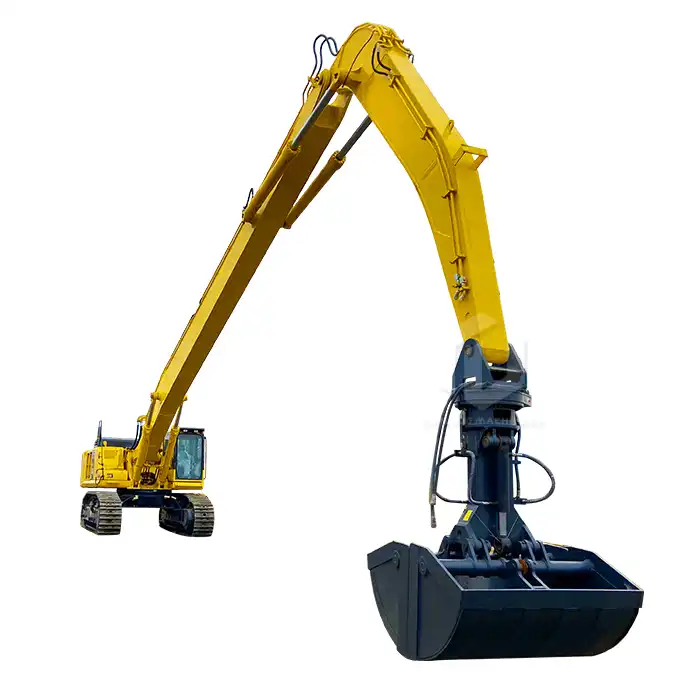
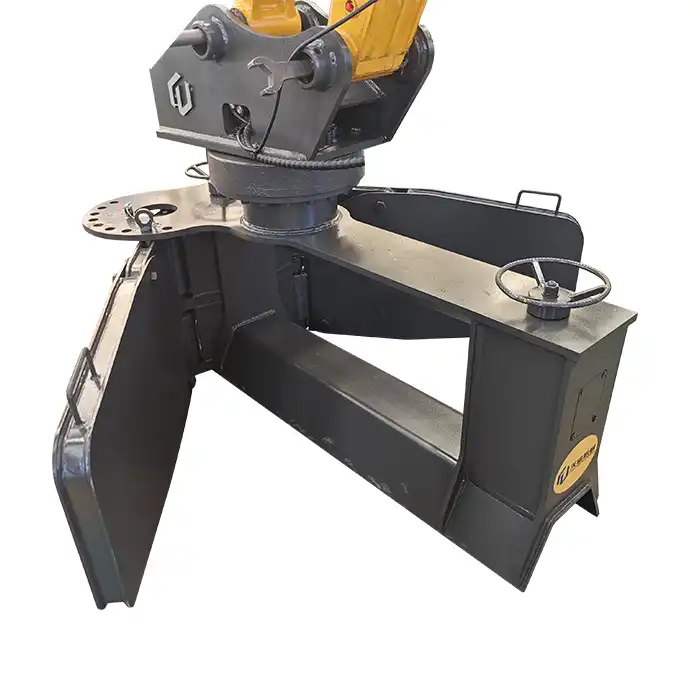
_1740558626327.webp)
